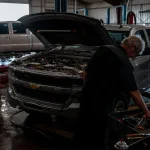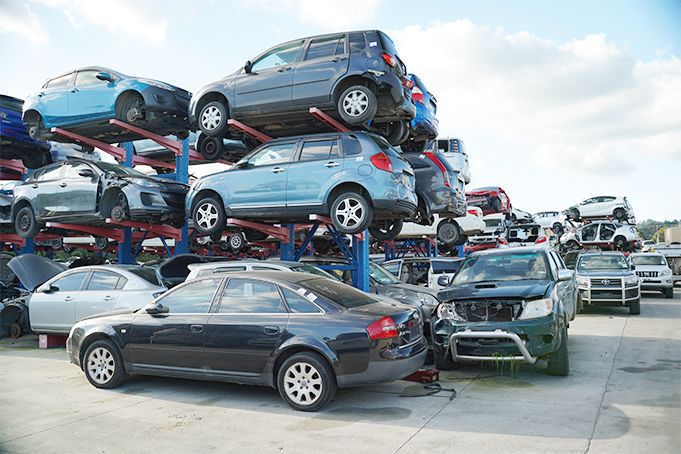Car bumpers are not just cosmetic features; they are critical safety components designed to absorb impact in collisions and protect both pedestrians and the vehicle’s occupants. Because of this vital role, many traffic laws include specific regulations about bumper condition. Driving with a damaged bumper can compromise your vehicle’s crashworthiness, increasing risks during accidents. As a result, authorities in various jurisdictions enforce rules that require bumpers to be intact and functional, making it a legal issue as well as a safety concern.
Legal Standards for Bumper Condition
Different regions have distinct laws and standards regulating car bumpers. Many states and countries mandate that bumpers meet minimum height and structural requirements to ensure proper protection in collisions. A damaged bumper that is cracked, loose, or hanging may be considered unsafe or non-compliant. Law enforcement officers can issue citations if a vehicle’s bumper condition is deemed hazardous to the driver, other road users, or pedestrians. In some cases, a damaged bumper might also cause a vehicle to fail safety inspections required for registration or licensing. If you depend on the Auto Repair in Easley, SC based service is essential here.
Consequences of Driving With a Damaged Bumper
If caught driving with a damaged bumper, drivers can face a range of legal consequences. These often include fines or tickets, which vary depending on local laws and the severity of the damage. In more serious cases where the damaged bumper contributes to unsafe driving conditions or causes further damage in a collision, penalties can escalate to more severe fines or even liability in court. Additionally, insurance companies may reduce or deny claims if they find that a vehicle’s poor maintenance, including bumper damage, contributed to an accident.
How Damaged Bumpers Affect Insurance and Liability
Maintaining a bumper in good condition is also important from an insurance perspective. Insurers expect vehicles to be kept roadworthy, and significant damage may affect coverage. If a damaged bumper leads to a failure in absorbing impact properly during a collision, the driver might be held more liable for damages. Furthermore, during claims investigations, insurers might check for pre-existing damage to determine fault or reduce payouts. Repairing bumper damage promptly not only avoids legal troubles but also protects you financially in the event of an accident.
Best Practices to Stay Compliant and Safe
To avoid legal issues, it’s essential to regularly inspect your bumper and repair any damage as soon as possible. Even minor dents, cracks, or loose fittings should be addressed quickly to maintain safety and comply with regulations. If your bumper has suffered damage in an accident or from wear and tear, professional evaluation and repair ensure that it meets safety standards. Staying informed about local vehicle codes and conducting routine maintenance protects you from fines, enhances road safety, and preserves your vehicle’s value.


















